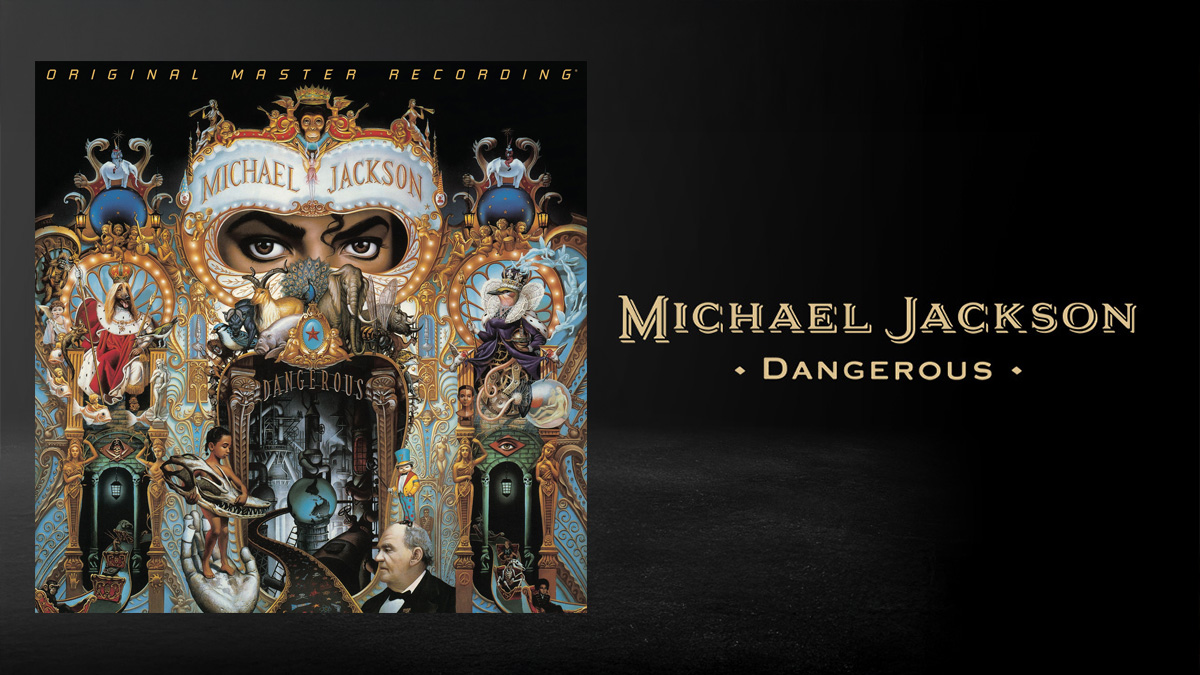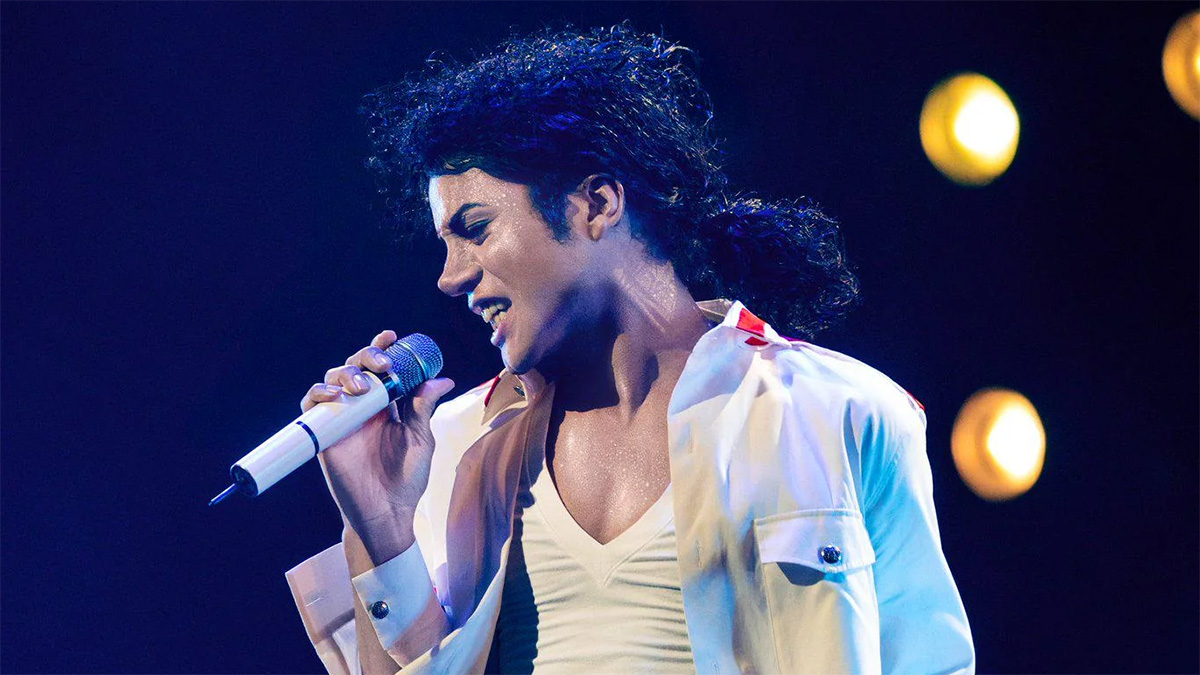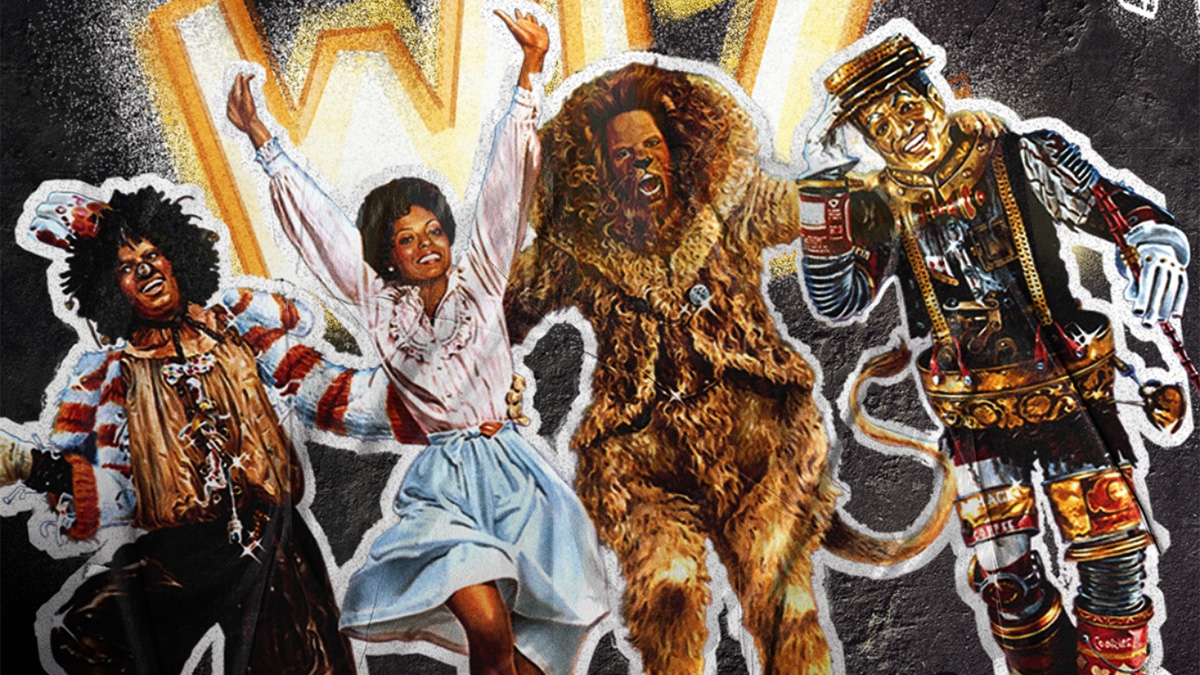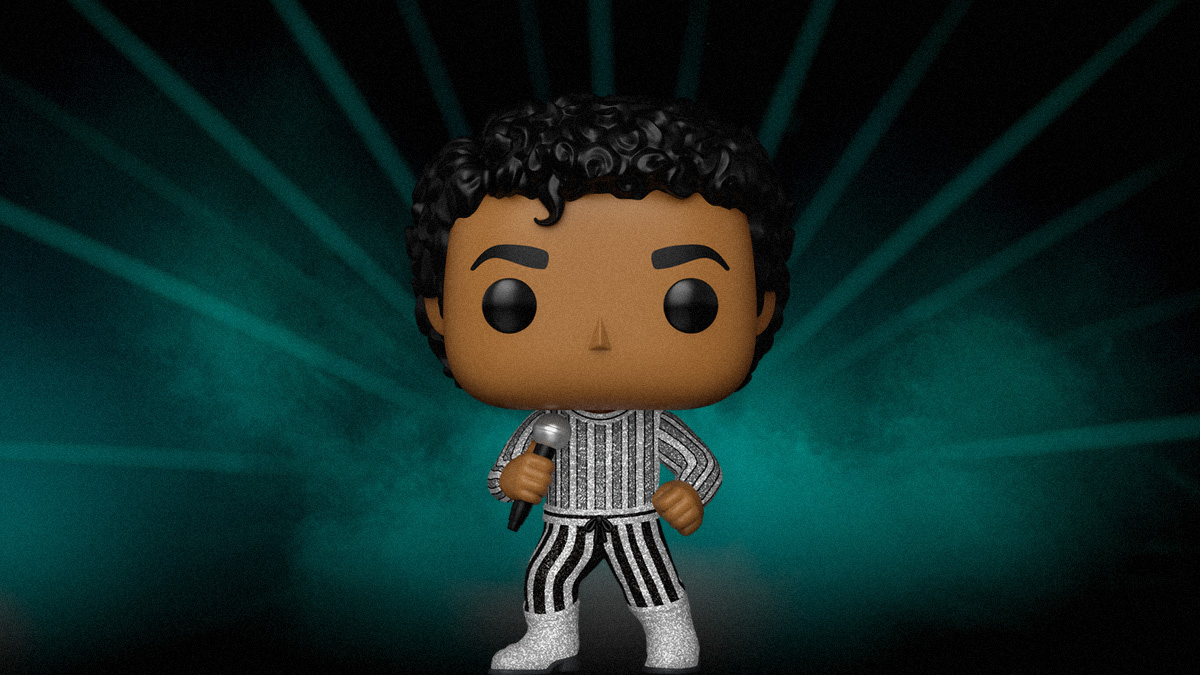Court Report
The Defense continued to question nurse Cherilyn Lee about her efforts to help Michael with his sleeping problems. She spoke again about staying overnight at his house on April 12th, 2009 to watch him sleep, referring specifically to her medical records recorded at the time.
One week later on April 19th, she had an appointment to see him and made him smoothies and vitamin enriched foodstuffs. He asked her to stay over that night also, to observe his sleep pattern. When he woke up after two-three hours sleep, he told her he needed a specific drug to help him to sleep longer and mentioned Diprivan (Propofol). He told
her it was the only thing that worked for him. She had never heard of it before, but before she returned for her next visit to Michael she researched the drug and called a physician to ask about it.
She discovered that it was used only in a hospital setting to give sedation for surgery or medical procedures and was never used in a home setting. When she returned to Michael’s home she told him what she had learned about the drug and advised him that it was dangerous and he should not use it. He disagreed with her, as he said doctors had told him that as long as he was monitored with the correct equipment, he would be safe. He told her he had had procedures when it had been used and found that it suited him very well as he slept longer. He said he was working very hard on his rehearsals and needed something to knock him out immediately so that he could get enough rest to be able to perform.
Ms. Lee also said that he had never mentioned the names of any doctors to her. He told her again on April 19th, 2009 that her remedies were not working for him and asked her to find him a doctor who would help him to sleep. When she refused, he said that his performance would be affected, her help was not working and with that she left. She never saw him again and never went back to the house.
Mr Chernoff then asked her to remember back to June 21st, 2009 when she had a call from Faheem Mohammed, telling her that Michael wanted to see her and that he was having problems. She was in Florida at that time and could not go to Michael. She heard him in the background telling Faheem to tell her that half of his body was hot and the other half was cold. She told Faheem to take him straight to a hospital. She later told the police that she had been concerned that there may have been a problem with his central nervous system, as she thought that it may have been one of the problems brought on by Propofol.
Mr Walgren then cross-examined Ms Lee, who said that when he first consulted Ms Lee, Michael had told her he had Lupus and Vitiligo. Mr Walgren went through her records with her, explaining, for the sake of the jury, each annotation within the records. She had completed a medical history and constructed a care plan based on holistic treatments in an effort to help with the insomnia. She had noted each treatment she had tried and noted times and dates of each. Progress notes were also kept. Each entry in her records was discussed and it was obvious that the nurse had practised every standard of care, even to the point of advising Michael that what he wanted was not safe and could even cause his death. Michael had said to her “ OK, I just need someone to monitor me with equipment while I sleep.” At this point the witness wept.
In her interview with the police after Michael’s death, she said that she told him “No-one who cared or had your best interests at heart would give you this!”
After his death she confirmed that she had spoken to Larry King and other medical outlets about her dealings with Michael. Ms Lee’s testimony concluded at this point.
The next witness on the stand was Amir Rubin, who was the Chief Operating Officer at UCLA Medical Center at the time of Michael’s death.
Mr Rubin described the layout of the hospital at UCLA in June 2009 and said that he had been advised that “a person of interest’ had been taken to the Emergency Room on June 25th. It was his job to ensure that there was sufficient security on hand to deal with any problems that might arise and he made sure that the area was secure, that there was enough security, that the campus police and the LAPD were on hand and that there was sufficient privacy.
He stayed at the scene for about forty-five minutes, while co-ordinating other areas, like conference rooms for the police, the family and one for other people not directly involved. He said that the press release about Michael’s death was prepared by Randy Phillips, the CEO of AEG and the head of PR for UCLA then later by Jermaine Jackson.
Michael had already been pronounced dead and the press conference took place about one and a half hours later. Murray had not wanted a cause of death to be included in the announcement. When asked about Murray’s demeanour Mr Rubin did not notice any difference from anyone else. They all looked distressed to him.
On cross examination, Mr Rubin said that he had observed Dr Richelle Cooper in the Emergency Room tell Mrs Jackson of Michael’s death and he had heard the anguish of a mother for her child, saying; “It was not a good thing to hear.” Mr Rubin’s testimony ended.
The next witness called by Murray’s Defense was Randy Phillips, President and CEO of AEG. He was questioned about his career path, and present responsibilities and was asked if he had ever worked with Michael before the ‘This Is It’ concerts. He said that he had represented Michael as a consultant for LA Gear, (Michael had done an advertising campaign for them) and he had done this through John Branca. They had lost touch after that until 2007, when one of Michael’s attorneys, Peter Lopez, had asked for a meeting in Las Vegas through Paul Gongaware, who had managed Michael’s world tour in 1996 to 1997.
The meeting was attended by Michael’s and AEG’s staff but it came to nothing as it was considered that Michael was not ready to take on a major tour at this time. Then in late August 2008 another meeting was organised when Tom Barrack, head of Colony Capital, who owned the note on Neverland, contacted Phil Anschutz of AEG. They met at Colony Capital in Century City, Los Angeles and had a conversation about Michael doing some concerts.
Another meeting was set up at the Bel Air Hotel, with Dr Thome, Michael’s manager at that time. Thome said that Michael wanted to tour with new music. This meeting was followed up with more phone conversations, meetings and negotiations.
Randy Phillips came face to face with Michael and Dr Thome in September 2008 at the Bel Air Hotel. They discussed the parameters and concept of the concerts and began to lay out a plan for Michael to tour again. He said that Michael was very receptive to the ideas, he was motivated and energised. Phillips said that money was never discussed with Michael as he was only interested in the creative side of the plans.
At a meeting in Michael’s home at Halloween in 2008 Michael spoke about his reasons for touring again. He wanted to settle down again with a good home for his family, who he felt were living like “vagabonds.” He was very emotional and both Michael and Randy Phillips ended up in tears.
The contracts were prepared and signed after that meeting in January 2009. They stipulated thirty-one concerts, as Michael wanted to beat Prince’s record of twenty-one shows at the O2.
A great deal of rehearsing and production preparation was necessary for a tour of this magnitude and Phillips told the jury how the advertising plan was formulated. Once the tickets went on sale they realised thirty-one shows were not going to be enough. They called Thome to ask Michael to do more shows and Michael agreed, but stipulated that they would have to find him an estate for himself and his children, with fields, streams and horses as he did not want to be trapped in a hotel suite. He also said that for the last show, he wanted The Guinness Book of World Records there in order to acknowledge that he had performed fifty shows, a record that he knew would never be beaten.
In March the production budgets were discussed and Michael wanted Kenny Ortega to produce the shows. Travis Payne was chosen to choreograph the show and the auditions began to hire dancers.
Phillips then said that in early May, Michael had requested that his own private physician travel with him and stay with him in London for the duration of the concerts. He said Michael was firm in this demand and would not consider a London doctor, insisting on Conrad Murray.
Phillips had no concerns about Michael’s health that May, but heard in the first week of June that he was not eating and was losing weight. Murray attended a meeting and said that he was preparing protein shakes and a nutritional diet for Michael. When he was asked about Michael’s general health he said that he was in good health. He was fine.
Phillips also asked Michael Amir about Michael being “distracted” and he was told that Michael had just come back from seeing Dr Klein. However, also in early June, Michael began missing rehearsals and did not seem to be focused. As the production was due to move to London, Phillips said it was imperative that rehearsals were attended and performed well. Kenny Ortega’s main concern was Michael’s focus which was ordinarily extremely high and when Phillips tried to contact Michael by phone, he was not allowed to speak to him and was told he “was resting.”
On June 20th Phillips had an email from Kenny Ortega and they arranged a meeting at Michael’s house with Frank Dileo, Michael and Murray. It was insisted that Michael needed to focus as rehearsals were crucial at that time, as for example, he had to fly on the stage in a 3D suit! They found out that Michael had been rehearsing at home with Travis Payne and as they left he told them; “You build the house, I’ll put on the door and paint it!” Kenny Ortega replied “Great! That’s all I wanted to know.” Michael was present at rehearsals on June 23rd and 24th and everything was back on track!
On June 25th, Frank Dileo called Randy Phillips to tell him Michael had been taken ill. He drove quickly to the house in time to see the ambulance and the family cars leaving the property. He followed them to the UCLA Medical Center and was there all day.
Mr Walgren’s cross examination began with questions about the cancellation of the concerts and asked if Michael had failed to rehearse adequately. “No, never, we had a contractual obligation to Michael, as he had to us (AEG),” Phillips said.
Mr Walgren then asked what Michael’s demeanour was like that June. “Genius!” He replied. “There is no entertainer in the world like him in the world today. His attention to detail was phenomenal!” Phillips said that at no time did he think Michael would not be able to complete the tour.
Phillips also said that Michael was a phenomenal father, dedicated to his children who meant everything to him.
At that last rehearsal Phillips said he had “goose-bumps” watching Michael perform and later he walked him to his car. Michael put his hands on Phillips shoulders and said; “You got me here. I’m ready now. I’ll take it from here!”
After a short re-cross examination, Mr Phillips was excused.
The next witness to be called by the defense was Michael Henson, a Technical Officer from Pacific Toxicology, who perform forensic testing services for Police departments, Defense lawyers and some independent testing.
Henson told Flanagan that he had performed some testing on the urine collected from the scene in Michael’s bedroom and some taken at the autopsy. Another highly technical discussion followed on the testing for total Lorazepam and Lorazepam Glucoronomide in the urine samples, involving the calculation of the elimination rate and the half-life. Using Dr Shafer’s model the discussion focused on the facts and figures which were difficult to follow and understand.
During Mr Walgren’s cross examination it was established that while the Defense’s testing was being performed, Dr Shafer had asked the company for the information and the methodology used. The company did not respond to him. Miss Brazil, Assistant District Attorney, has also asked for that information and the company had referred her to Flanagan. When she threatened to invoke the Court, she was then given a copy. The witness did not know why the Prosecution copy had notations on it that were not present on the Defense copy.
The test results were discussed and the result was agreed that the amount of Lorazepam in the stomach contents amounts to 0.006, which equates to 1/333 of a 2 ml. pill.
Flanagan asked on re-cross why there was a difference in the findings from the one in the autopsy. Henson explained that it could have been due to the time difference between the testings, or the condition of the sample, or the methodology may have been different.
Source: MJWN
 Est. 1998
Est. 1998











